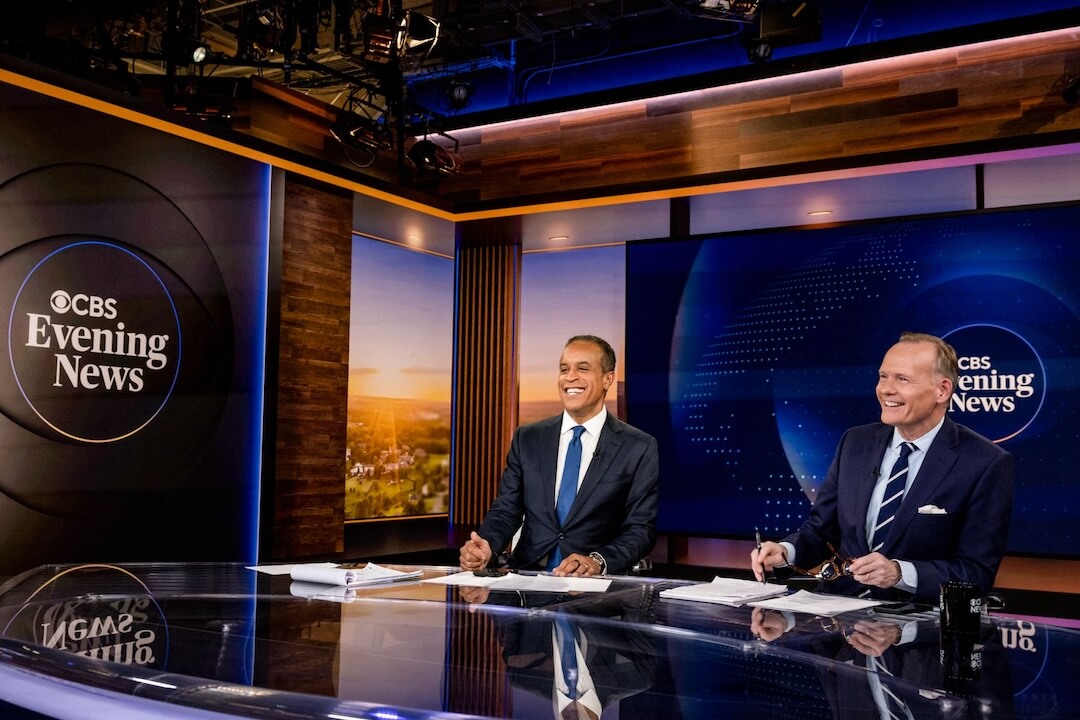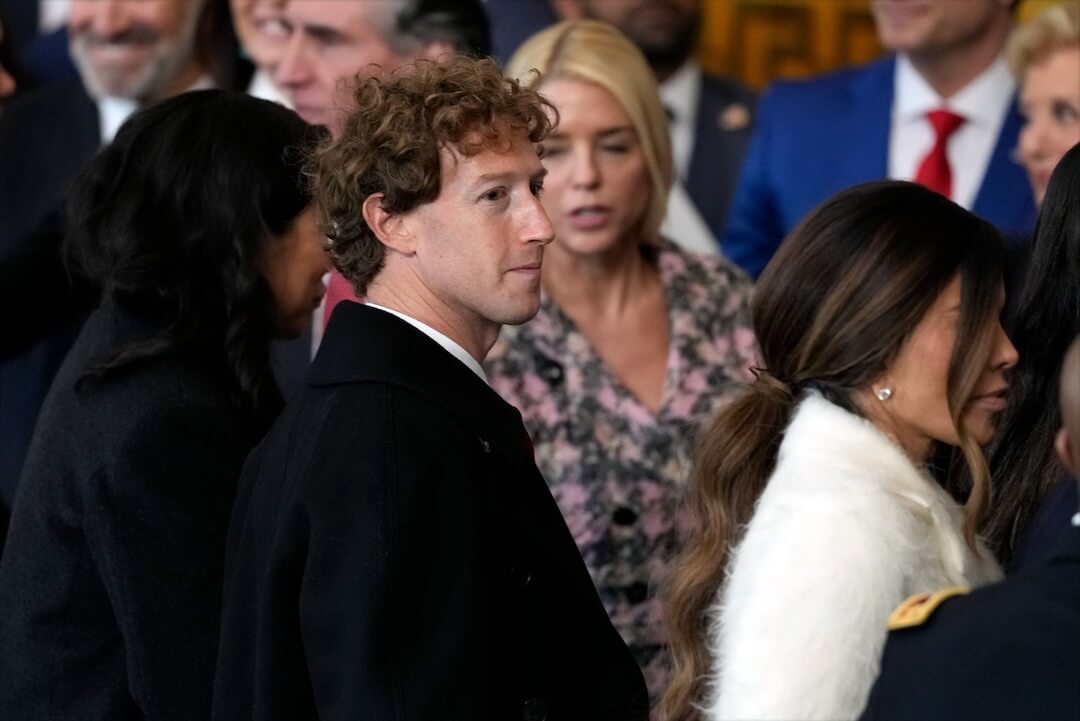A few years ago, I moved from Washington, D.C. to a very rural community. When I traveled down those country roads, I’d be absolutely tickled when folks out in their yards would look up and wave as I passed by. They didn’t know me, but they still acknowledged me as part of their community.
I believe that such “high-touch” activity is what was missing in the struggling hyperlocal effort LoudounExtra.com — a community site launched by WashingtonPost.com a year ago.
Even Rob Curley — the architect of LoudounExtra.com who is now leaving (and taking five colleagues with him) to work on new venture for the Las Vegas Sun — admits as much. He recently told Russell Adams of the Wall Street Journal, “I was the one who was supposed to know we should be talking to Rotary Club meetings every day. I dropped the ball. I won’t drop it in Vegas, dude.”
Coincidentally, right now I’m in Minnesota attending The New Pamphleteers/New Reporters: A Passion for Place, a conference for placebloggers and community site managers hosted by the folks at Journalism That Matters. Yesterday we discussed high-touch activity — emphasizing that it’s not about technology, but rather about what technology enables: community building. Furthermore, this interaction need not all happen online, but in high-touch, face-to-face exchanges with community members (as I wrote recently in Tidbits).
Curley says that he should have been out on the streets, acting as town crier. He says he should have been evangelizing to get out to local groups who most want a voice, sharing with them the technologies to do just that… and listening. I think perhaps he lost track of the value of being in the community while focusing on building widgets and massaging technology.
Admittedly, news organizations exist in a very competitive environment — with media companies and bloggers rushing to stake their claim in the hyperlocal territory. It’s like crabs in a barrel, clawing each other trying and rise to the top. And we’re all using technology as the most expedient way to get there.
However, hyperlocal sites are also about building community — a community that Curley was not native to and, one could argue, that he wasn’t personally invested in.
Building on my rural experience, at MyTopiaCafe.com (the community site I now manage) I regularly do what consider to be the online equivalent of waving to my neighbors — logging on and “stroking” (via comments) contributors who have shared their content. I publicly acknowledge their participation. Also, I use contests and rewards to encourage participation. And I pick up the phone to talk to users about their posts. I ask them whether they’ve encountered any technical obstacles with the site, and let them know that we are listening for their feedback.
Even more often, I’m out in the “real world” — at field trips, photographing school dance troupes, talking to nonprofit organizations about partnering on events, in K-12 classrooms and higher education lectures talking to everyone about MyTopiaCafe.com and what it can do for them — and, especially, listening for their responses.
I’ve found that “What do you want?” is not the right question to ask your community. Instead, I ask “What do you want to do?” I also look for ways to use existing functions or build new ones to service my neighbors and new friends. And that takes a listening posture, without agenda and with humility, that many mainstream journalists and sites lack.
Fairlight Baer-Gutierrez of YourHub.com in Denver also thinks that getting out into the community is a high priority. “Our staff will go into communities, into homes to show how the system works. We’re being humble and not expecting everyone to come to you. It’s a combination of talking with other people to find out how to help people.”
Becky LaPlant of the Blandin Foundation (whose mission is to “strengthen Minnesota communities”) said that these efforts require intense activity. “It’s about consistency. Like Michelle’s ‘waving’ experience — if you start it, you have to continue doing it, because I feel as if I’m in relationship with you now.”
Meanwhile, at MNstringer.net, Ross Williams holds training sessions and offers clubs to provide ongoing support to community members who want to do journalism, get ideas, and get people together face to face. “The agenda for our meetings is that we talk about what everyone is working on. The other part of that is to give people a sense of identity.”
Ultimately Christopher Pommier, a freelance writer for Twin Cities Daily Planet, says we should be looking at LoudounExtra.com not as a failure, but as a learning experience.
Here’s my take on LoudounExtra.com: The technology was there, but the human touch was missing. Ventures like this need a “community weaver” — a local native who is passionate both about the community and about fostering community relationships online — and face to face.





